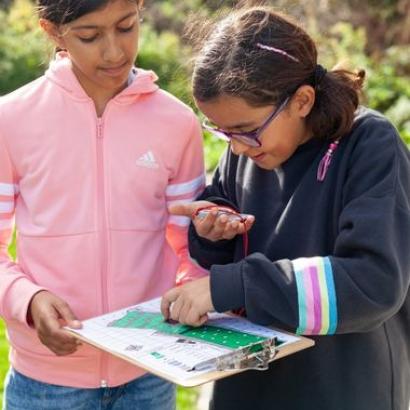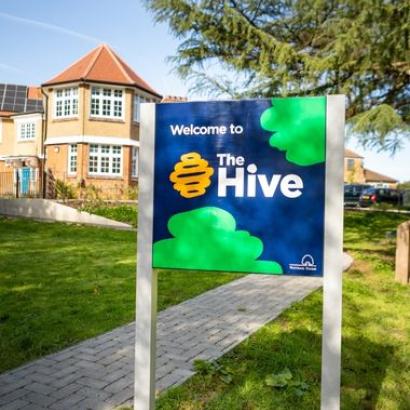

Trees: adapting to a changing climate
Trees: adapting to a changing climate
In small groups, students will use keys to identify different tree species in the forest. Each group will then take measurements of a tree. From these measurements, they will calculate both the age of the tree and how much carbon it is storing. They will discuss the important role of trees in the carbon cycle and how this can be utilised in the fight against climate change. Students will consider which human activities change the natural carbon cycle and what they as individuals, and we, can do collectively to take action to tackle the climate emergency.
Learning objectives
- to understand that plants capture carbon from the atmosphere through the process of photosynthesis
- to understand that changes to the climate is a natural process, but that the heating of the atmosphere has accelerated through human activities releasing greenhouse gases
- to understand the importance of trees in relation to the climate and ecological emergency
National curriculum links
KS3 Science
Biology - Material cycles and energy - Photosynthesis
- the reactants in, and products of, photosynthesis, and a word summary for photosynthesis
- the dependence of almost all life on Earth on the ability of photosynthetic organisms, such as plants and algae, to use sunlight in photosynthesis to build organic molecules that are an essential energy store and to maintain levels of oxygen and carbon dioxide in the atmosphere
Chemistry - Earth and atmosphere
- the carbon cycle
- the composition of the atmosphere
- the production of carbon dioxide by human activity and the impact on climate
KS3 Geography
Human and physical geography
- Understand the key processes in physical geography relating to: weather and climate, including the change in climate from the Ice Age to the present
- understand how human and physical processes interact to influence, and change landscapes, environments and the climate; and how human activity relies on effective functioning of natural systems



